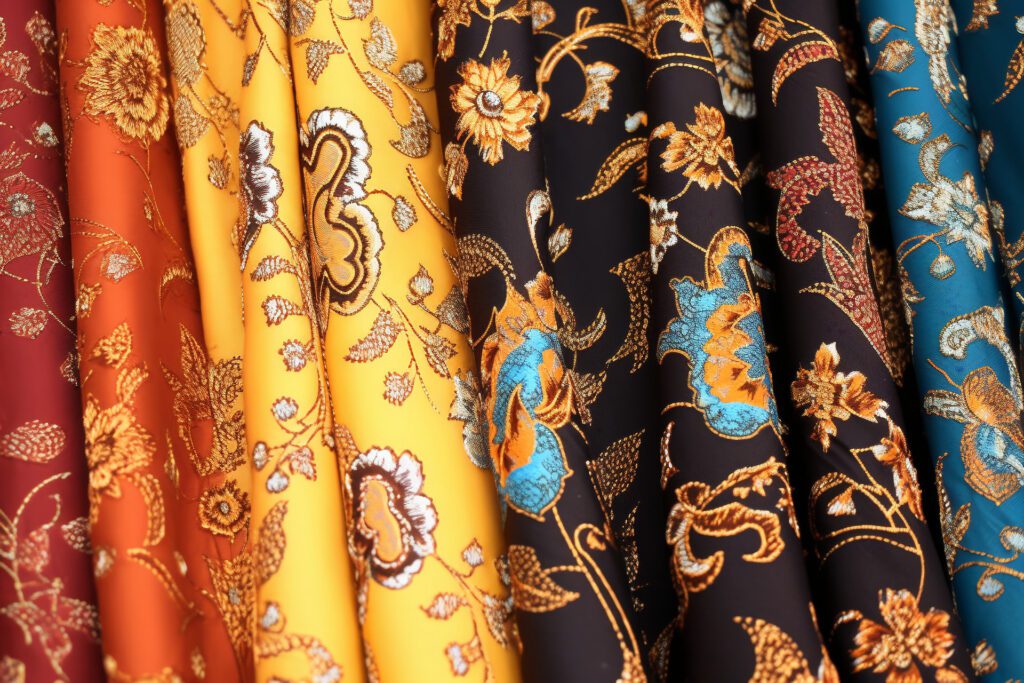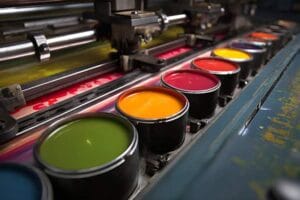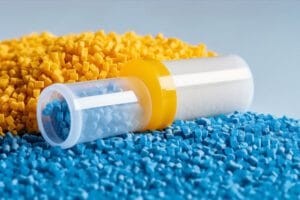In various fields like biology, chemistry, and technology, a substrate refers to the underlying surface or material upon which something else operates, grows, or interacts.
In biology and biochemistry, a substrate often denotes the substance upon which an enzyme acts to produce a specific chemical reaction. For instance, in digestion, enzymes act upon substrates (like food molecules) to break them down into smaller components.
In technology, the term can refer to the surface or material on which a process occurs. For example, in electronics, a substrate could be the base material upon which integrated circuits or other components are built.

What is a substrate in chemistry?
In chemistry, a substrate refers to the specific molecule or substance upon which an enzyme acts to catalyze a chemical reaction. Enzymes are biological catalysts that speed up chemical reactions by lowering the activation energy required for the reaction to occur. The substrate is the molecule that fits into the active site of the enzyme, where the reaction takes place.
The interaction between the substrate and the enzyme is highly specific, similar to a key fitting into a lock. The substrate binds to the active site of the enzyme, allowing the enzyme to facilitate the conversion of the substrate into different molecules, known as products.
For instance, in the breakdown of sucrose (table sugar) into glucose and fructose, the enzyme sucrase acts upon sucrose as its substrate, breaking it down into its constituent monosaccharides.
What is a substrate in materials?
In materials science and engineering, a substrate refers to a base material onto which other materials, coatings, or layers are applied or deposited. The substrate serves as the foundation or underlying surface upon which additional materials are built or processed to create a final product.
In coatings and surface modifications areas, substrates can be used for applying coatings to enhance properties like durability, corrosion resistance, or aesthetics. For example, a crosslinking agent make a coating have better resistance to acid, alkali, and ethanol.
What are examples of substrates?
Substrates can vary widely depending on the field or context in which they’re used. Here are examples of substrates in different areas:
Materials Science and Engineering:
Semiconductor Substrates: Silicon wafers serve as substrates in semiconductor manufacturing processes for the creation of microchips and integrated circuits.
Metal Substrates: Various metals (aluminum, steel, etc.) can act as substrates for coatings or plating processes to improve their properties like corrosion resistance or appearance.
Glass or Polymer Substrates: Used in thin film technology, where coatings or layers of different materials are deposited onto glass or polymer substrates for applications in optics, electronics, or displays.
Printing and Manufacturing:
Paper: In printing, paper acts as a substrate for ink in processes like offset printing, where the ink is transferred onto the paper to create printed materials.
Textiles: Fabrics serve as substrates for dyes or coatings to achieve specific colors, patterns, or functional properties.
What is the substrate of painting?
In the context of painting, the substrate refers to the surface or material onto which the paint is applied. It serves as the foundation for the artwork and can significantly influence the appearance, texture, and longevity of the painting. Various substrates are used in painting:
Canvas: Canvas, typically made from cotton or linen, is one of the most common substrates for paintings. It comes in stretched or unstretched forms and provides a versatile surface for various painting techniques.
Wood: Wooden panels or boards, such as plywood or hardwood panels, can serve as painting substrates. They offer a sturdy surface and are less prone to warping compared to canvas.
Paper: Heavyweight papers or specialized art papers can be used as substrates for certain types of painting, especially watercolor or gouache paintings. These papers are often treated to withstand the moisture in these painting techniques.
Metal: Metal surfaces, such as aluminum panels or copper sheets, can be used as substrates for unique painting styles. They offer durability and can create distinctive effects with the paint.
Acrylic or Oil Boards: These are specialized boards specifically designed for painting with acrylic or oil paints. They offer a rigid surface that doesn’t require stretching like canvas.
In conclusion, substrates serve as foundational surfaces across fields like chemistry, where they’re specific molecules acted upon by enzymes, and materials science, where they’re bases for coatings or layers. Examples range from semiconductor silicon wafers to canvas in painting. In essence, substrates are crucial bases enabling various processes and reactions.







